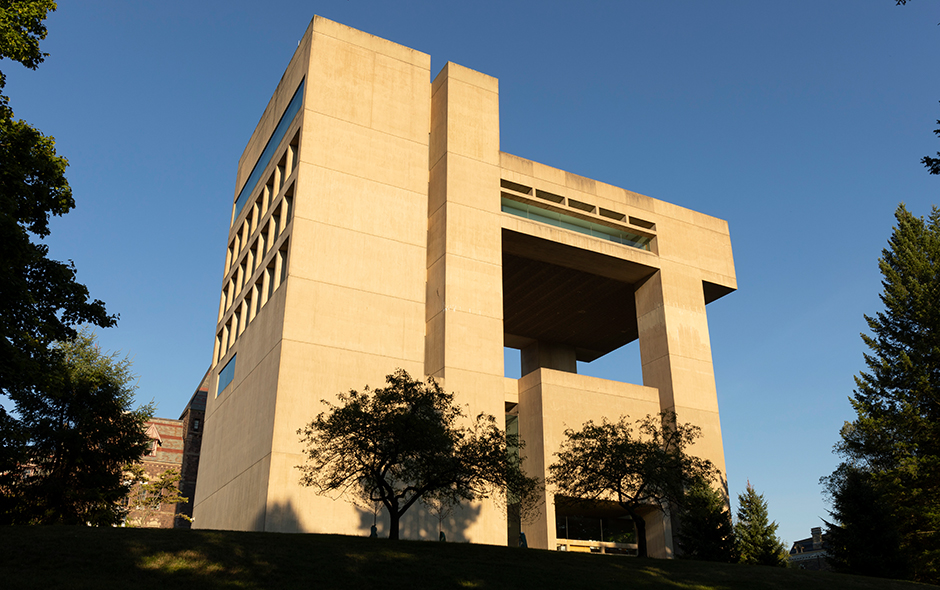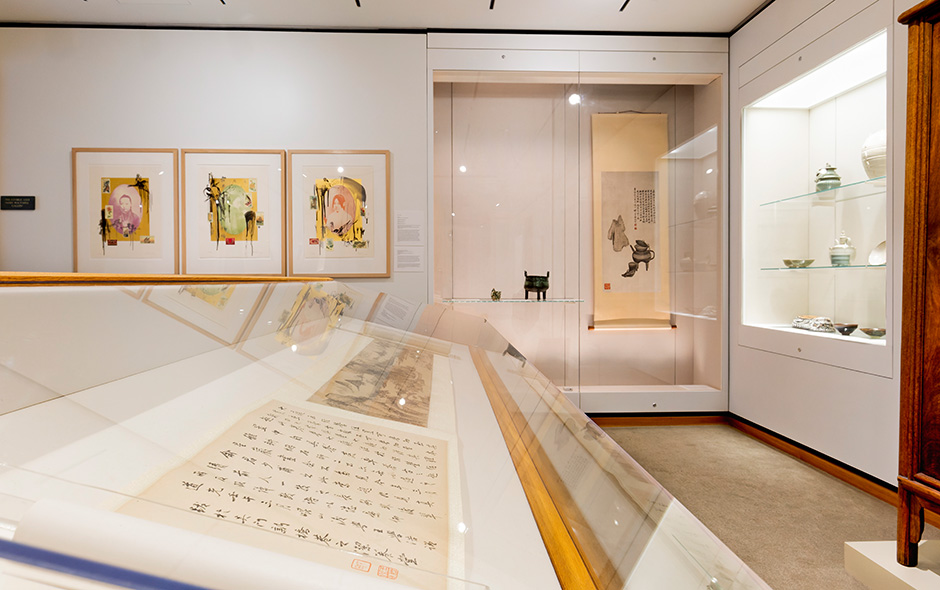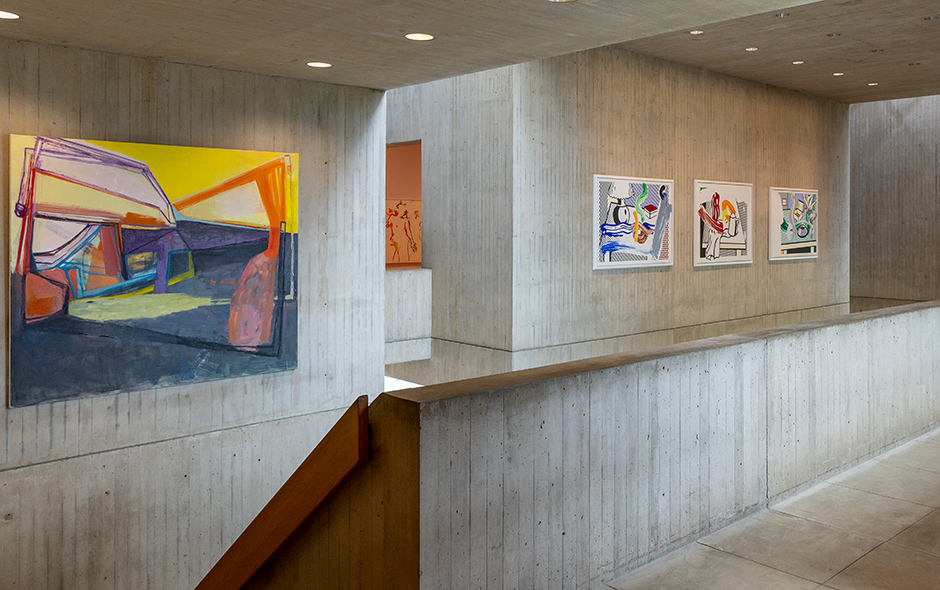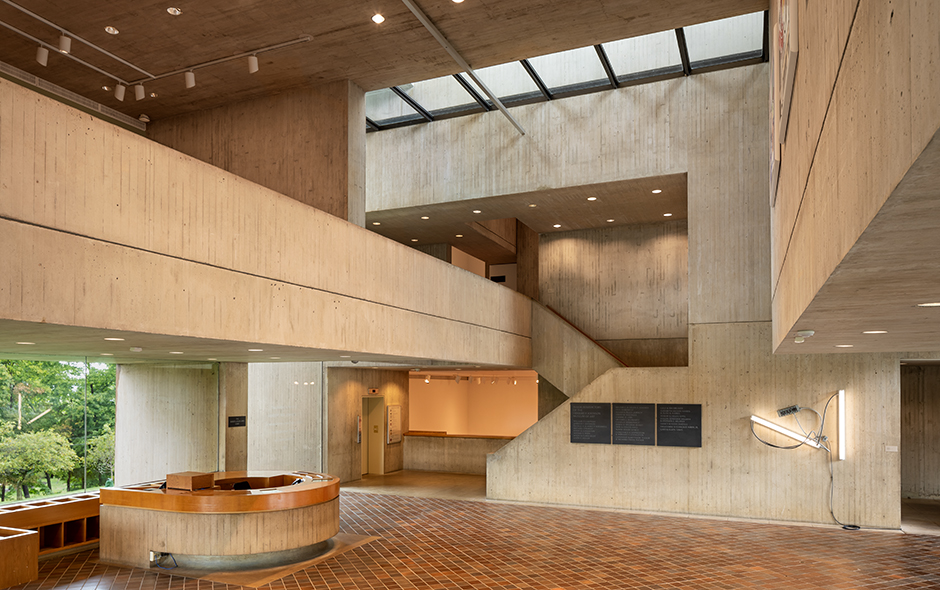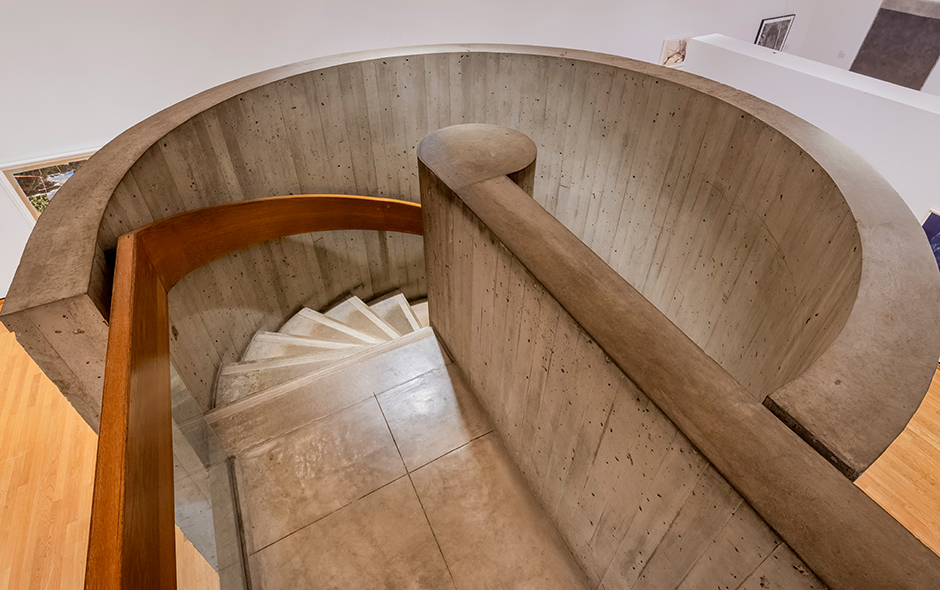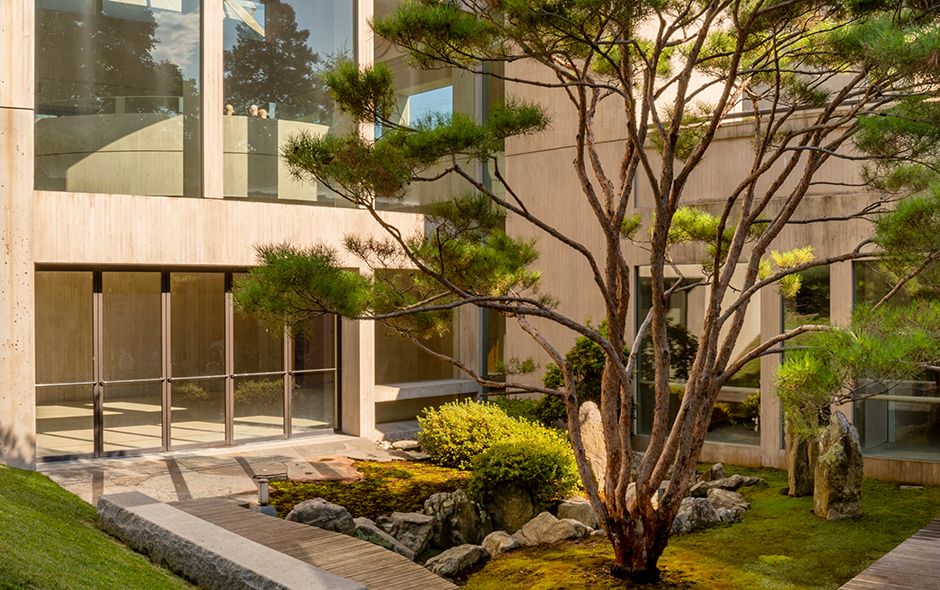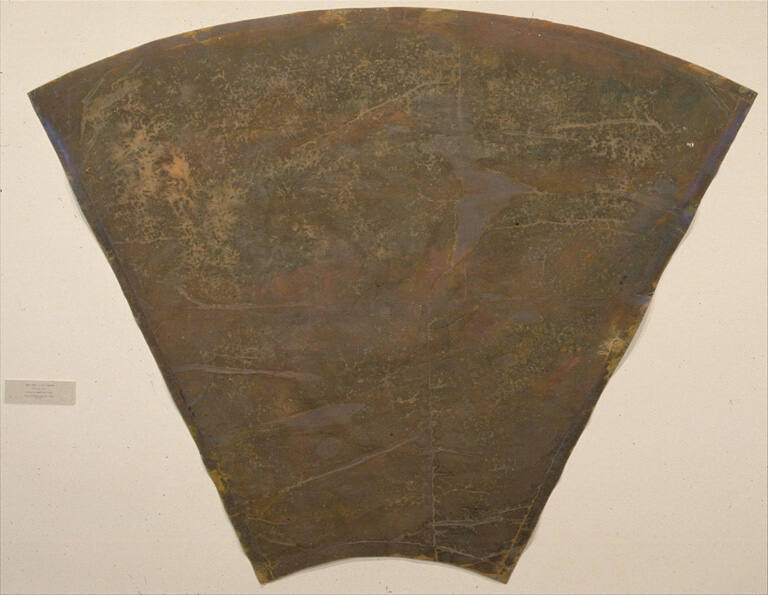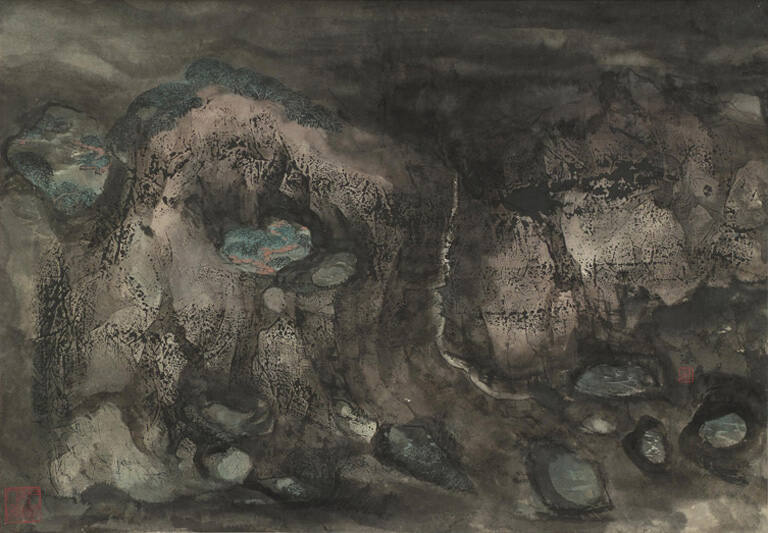
Object Details
Artist
Wang Jiqian
Date
1973
Medium
Hanging scroll: ink and colors on paper
Dimensions
Image: 24 5/8 x 35 3/8 inches (62.5 x 89.9 cm)
Credit Line
Gift of Kenneth and Yien-koo King
Object
Number
86.125
C.C. Wang was an overseas Chinese painter, originally trained as a lawyer, who lived in New York Cit(…)
C.C. Wang was an overseas Chinese painter, originally trained as a lawyer, who lived in New York City for decades. He was a renowned connoisseur, collector, and painter, and hailed from a distinguished scholar-official family. Wang had a classical Chinese education and access to many old paintings through his family¿s collection, but like his contemporaries, he sought out the modern and the individualistic as well. His landscapes are mental images, so-called ¿mind landscapes,¿ which refer to a state of mind that is completely natural, spontaneous and creative. The subject of “Landscape No. 240: The Spring of the Immortals” is an idealized haven of the Daoist practitioners who have attained immortality. Executed in a semi-abstract style, clusters of distant villages, trees and streams can be seen through the round openings of the megalithic forms. The title of the painting and the voyeuristic distance from which we view the rarefied landscape recall the famous allegory entitled “Peach Blossom Spring.” It tells the story of a fisherman who stumbles on a lost paradise beyond the turmoil of this chaotic world, a place where everyone lives in eternal peace and happiness. It thereafter became a symbol for generations of Chinese who sought refuge from the turmoil of this world. The role of texture and brush lines in Wang’s paintings is formative; his use of ink washes and his renderings of rocks and boulders show a balance between spontaneity and control. In this composition, he obliterates the distinction between the “miniature mountains” of garden rocks and real landscapes. The loss of a sense of scale heightens the abstract qualities of the painting. Yet because of the disparity of scale, we see an incredible projection into depth.



